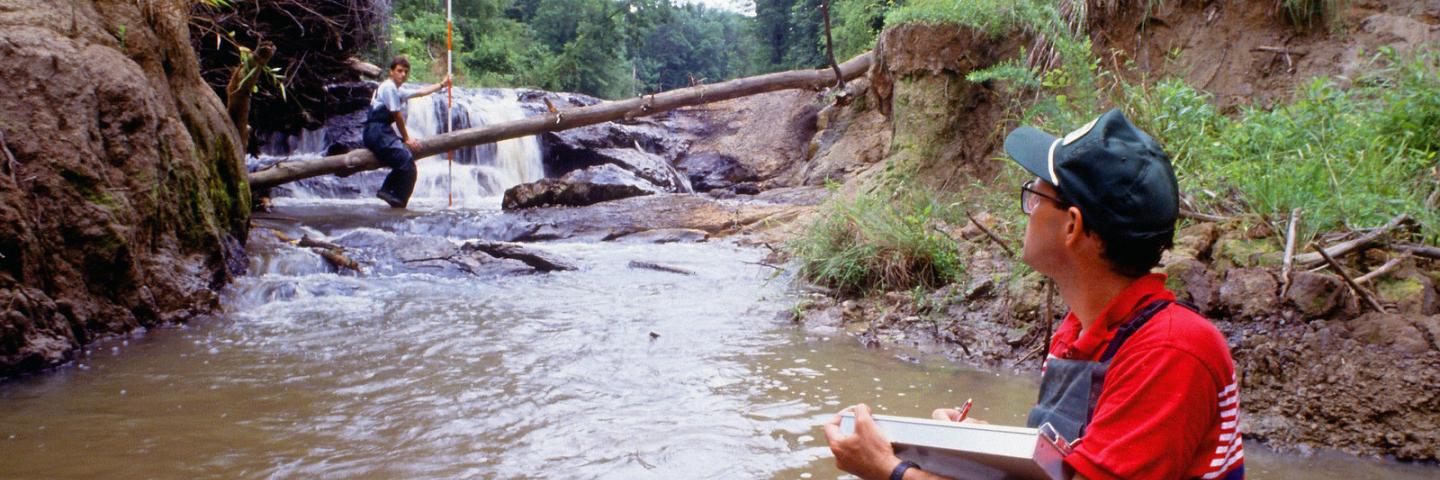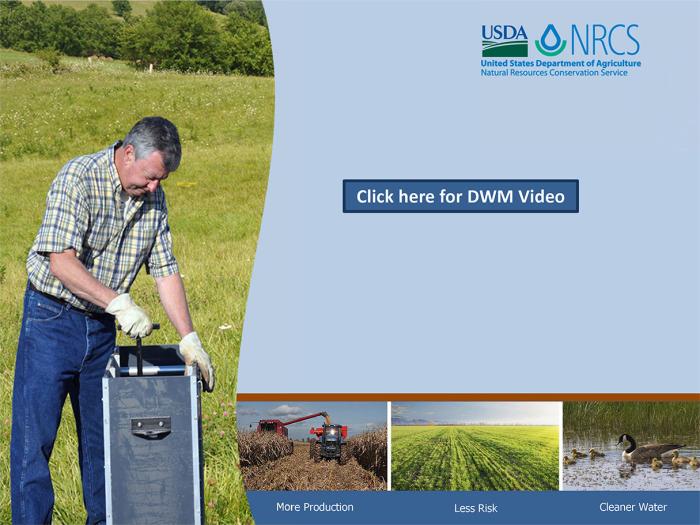
Drainage is the practice of removing surface and sub-surface water from an area. Often drainage is used to improve crop production.
Lateral effect refers to the extent at which the drainage influences the hydrology.
Common drainage policies and laws in North Dakota as well as information regarding lateral effects are found below.
State of North Dakota Drainage Rules
Visit the ND Department of Water Resources Regulatory Program for current information.
The following document(s) may require Adobe Reader.
Hydrogeomorphic (HGM) Assessments Applicable in ND
Lateral Effect Distances
Part 650 Engineering Field Handbook Chapter 19, Feb 2021, the Regional Supplement to EFH Ch 19 - Wetland Hydrology and Assessment, May 2022 and Prairie Pothole Region Lateral Effect Database tool can be found here:
Prairie Pothole States Lateral Effects
WETS Tables
The documents below require Adobe Reader
Drainage Water Management
Water management is the control and movement of water resources to minimize damage to life and property and to maximize efficient beneficial use. Good water management of dams and levees reduces the risk of harm due to flooding. Irrigation water management systems make the most efficient use of limited water supplies for agriculture. Drainage management involves water budgeting and analysis of surface and sub-surface drainage systems. Sometimes water management involves changing practices, such as groundwater withdrawal rates, or allocation of water to different purposes.
Drainage water management can help increase production, keep nutrients on the field and send clean, filtered water downstream. The video below shows how landowners benefit from drainage water management.

For more information contact:
Jonathan Peterson
State Hydrologist
701-530-2082
jonathan.petersen@usda.gov

